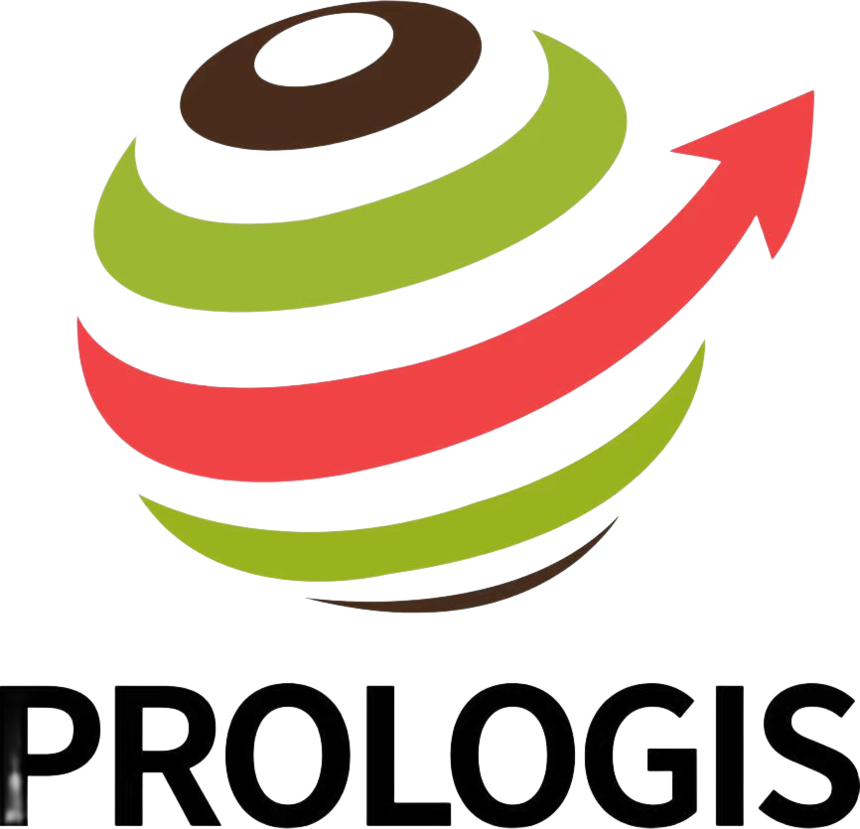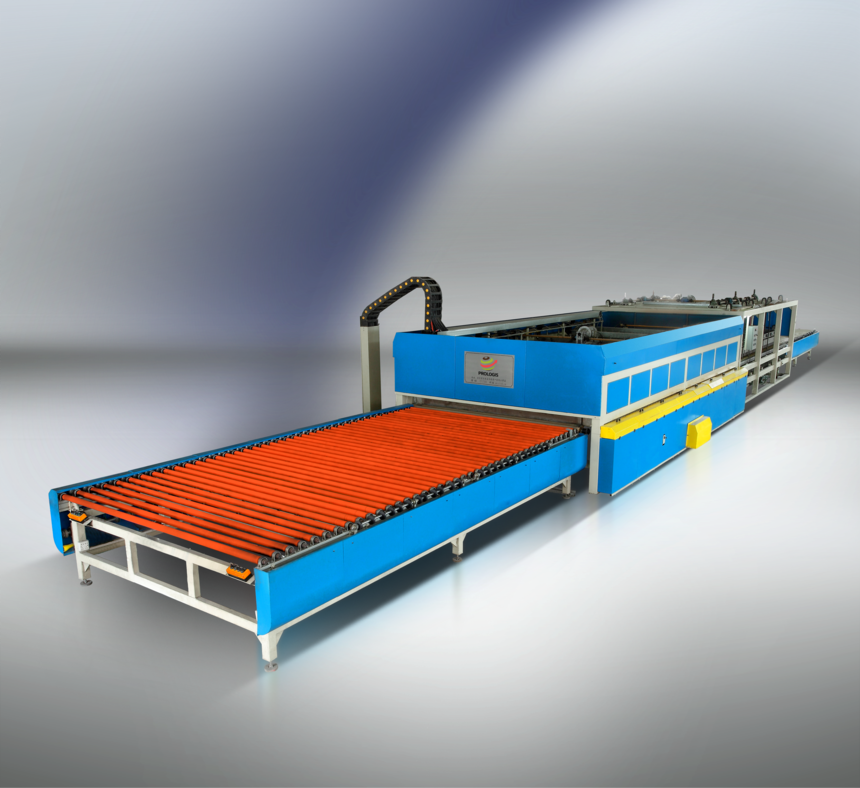|
LPG/LTPG SeriesFlat Glass Tempering Furnace The Flat Glass Tempering Furnace is a highly efficient and advanced system designed for large-scale glass production, particularly suitable for industries requiring high output with consistent quality. These furnaces are commonly used in the automotive, architectural, and decorative glass industries, where tempered glass with high strength and thermal stability is required. 
Description
LPG Series (Low-Pressure Fan System) The LPG Series is designed with a dual low-pressure fan system that incorporates frequency control technology. This design significantly reduces energy consumption while maintaining optimal furnace performance. Key features of this series include: Energy Efficiency: The use of dual low-pressure fans with variable frequency control allows for precise regulation of airflow, ensuring efficient energy use throughout the tempering process. Matrix-Arranged Electric Heating System: The unique matrix arrangement of the electric heating elements ensures even heat distribution inside the furnace, which enhances the uniformity of heating and shortens heating times. Advanced Insulation Structure: The furnace is built with an innovative insulation design that provides excellent thermal retention, further improving energy efficiency and reducing heat loss. This series is particularly suited for applications requiring consistent heat distribution and energy efficiency, making it ideal for tempering large volumes of glass. LTPG Series (High-Low Pressure Fan Separation) The LTPG Series builds upon the technology of the LPG Series but incorporates additional enhancements for even greater control and energy efficiency. The main features include: Separated High and Low-Pressure Fans: This series uses a separate design for high and low-pressure fans, also controlled by frequency converters, allowing for more precise airflow management and further energy savings. Matrix-Arranged Electric Heating System: Like the LPG Series, this system also employs matrix-arranged heating elements to ensure fast and even heating throughout the furnace. Enhanced Furnace Insulation: The LTPG Series features a specially engineered insulation structure that provides superior heat retention, improving overall efficiency and reducing the amount of energy required for glass tempering. Key Features of the Flat Glass Tempering Furnace: Continuous Operation: The furnace operates on a continuous feed system, where glass sheets are loaded onto a conveyor belt and passed through various stages of heating, tempering, and cooling without interruption. This design is ideal for high-volume production, as it minimizes downtime and maximizes throughput. High Precision Heating System: Matrix-Arranged Electric Heating Elements: The furnace utilizes a matrix of heating elements arranged throughout the heating chamber. This ensures even heat distribution across the entire surface of the glass, leading to uniform tempering. Controlled Heating Zones: The furnace is divided into multiple heating zones, each of which can be independently controlled. This allows for precise temperature adjustments depending on the glass type and thickness being processed. Airflow Management: The system incorporates advanced air management to ensure consistent cooling during the quenching process. This is critical to the tempering process, where rapid and uniform cooling enhances the strength and thermal resistance of the glass. Dual Low-Pressure Fan Systems: In some models (like the LPG series), low-pressure fans with variable frequency control are used to optimize energy consumption while maintaining airflow balance. Energy Efficiency: The furnaces are equipped with energy-saving technologies such as variable frequency drive (VFD) controls for fans and heating elements. These systems adjust the energy usage based on the production needs, reducing overall power consumption. Advanced Insulation: The furnace is built with an enhanced insulation system that reduces heat loss and maximizes energy retention, making the system more energy-efficient. Cooling and Quenching: After the glass is heated to its optimal temperature, it passes through the quenching section, where high-velocity air is blown onto the glass to cool it rapidly. This process strengthens the glass by creating a compressive stress layer on its surface. Variable Cooling Options: The airflow and cooling rate can be adjusted depending on the glass thickness and desired properties, ensuring flexibility for different glass types. Automated Control System: Most continuous glass tempering furnaces feature a PLC (Programmable Logic Controller) system that automates the entire process. Parameters such as temperature, conveyor speed, fan speed, and cooling rates can be controlled through an easy-to-use interface. Human-Machine Interface (HMI): The operator can monitor and adjust settings in real-time via an HMI screen, ensuring precise control over the tempering process. Versatility: These furnace systems are designed to handle a wide range of glass sizes and thicknesses, from small decorative glass pieces to large architectural panels. Some models can temper glass with dimensions as small as 25mm x 25mm. Adjustable Conveyor Speed: The conveyor system features stepless speed adjustments, allowing for flexibility in production speed to suit different glass types and tempering requirements. Durability and Low Maintenance: The structure is made from durable materials such as thickened steel plates that resist deformation, ensuring long-lasting operation. The components are built to withstand high temperatures and stress, which increases the overall lifespan of the machine. Easy Maintenance: The modular design and advanced control systems allow for easier maintenance and troubleshooting, reducing downtime. Advantages of Flat Glass Tempering Furnaces: High Output: Continuous furnaces are designed for large-scale production, significantly increasing the number of glass pieces tempered in a day compared to batch systems. Improved Quality: The precise control over heating, cooling, and air management ensures a high-quality, uniform finish across all tempered glass products. Energy Savings: By optimizing fan and heating control, these furnaces consume less energy, reducing operational costs. Flexibility: Suitable for various types of glass, including architectural, automotive, decorative, and low-E glass. It can process both large and small glass sheets with excellent efficiency.Common Applications: Automotive Glass: Tempered windows, windshields, and rear-view mirrors. Architectural Glass: Facades, windows, doors, and glass railings. Decorative Glass: Tabletops, shower enclosures, and other interior design elements. In summary, continuous glass tempering furnaces are essential for glass manufacturers looking to produce high-quality, tempered glass efficiently and cost-effectively. Their advanced features, from automated control systems to energy-saving technologies, make them a preferred choice for large-scale glass production. Technical Specification
|






































































